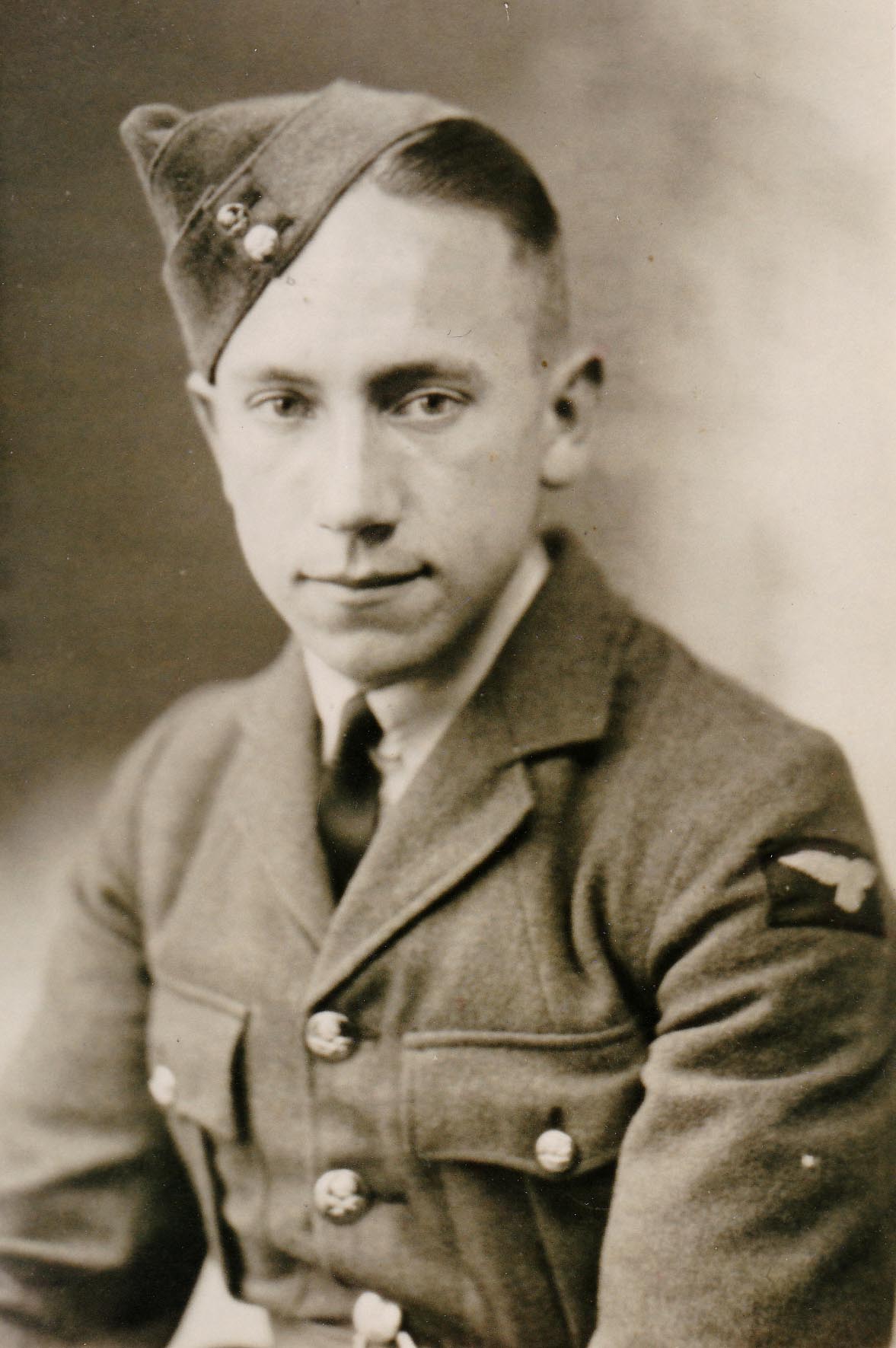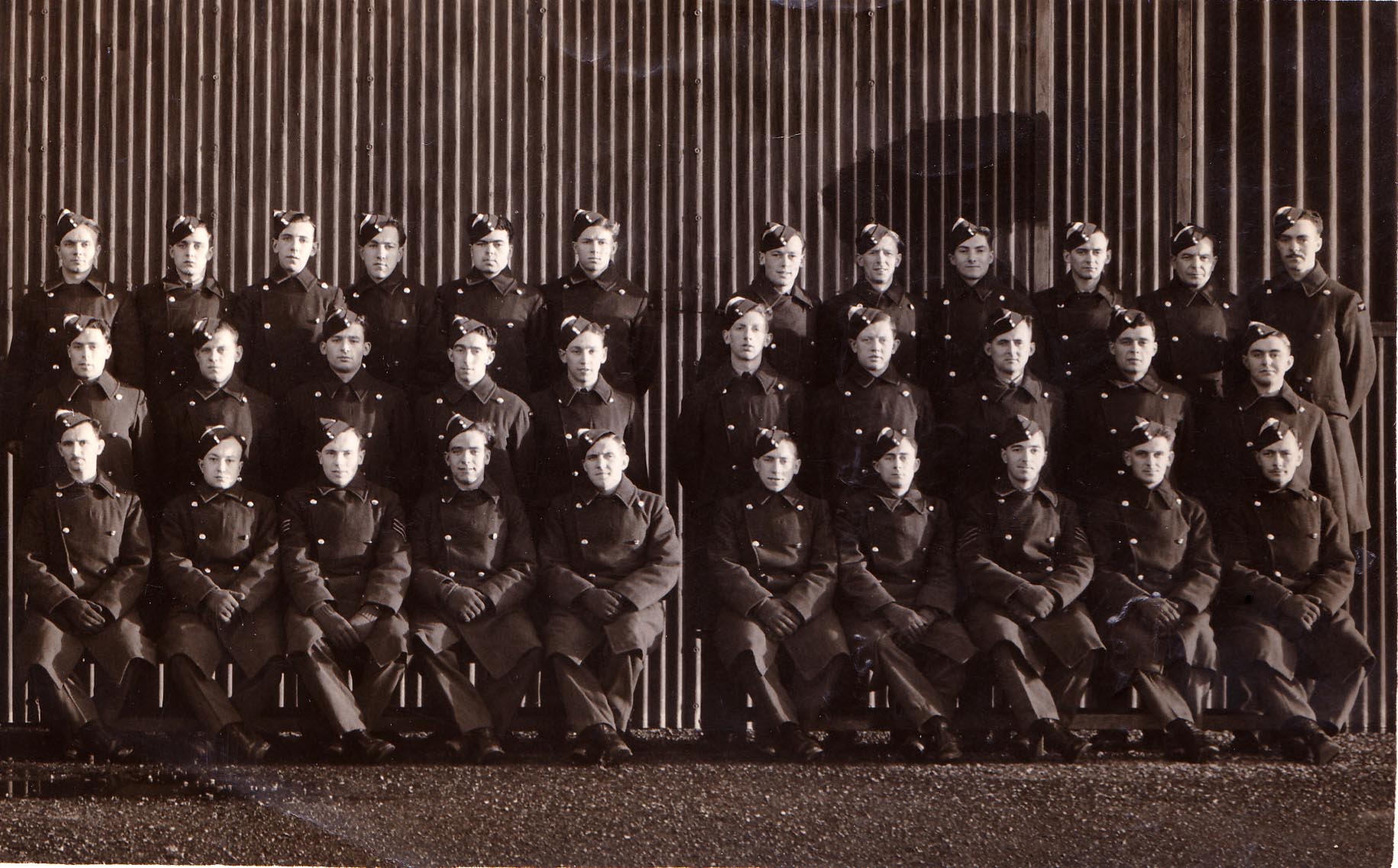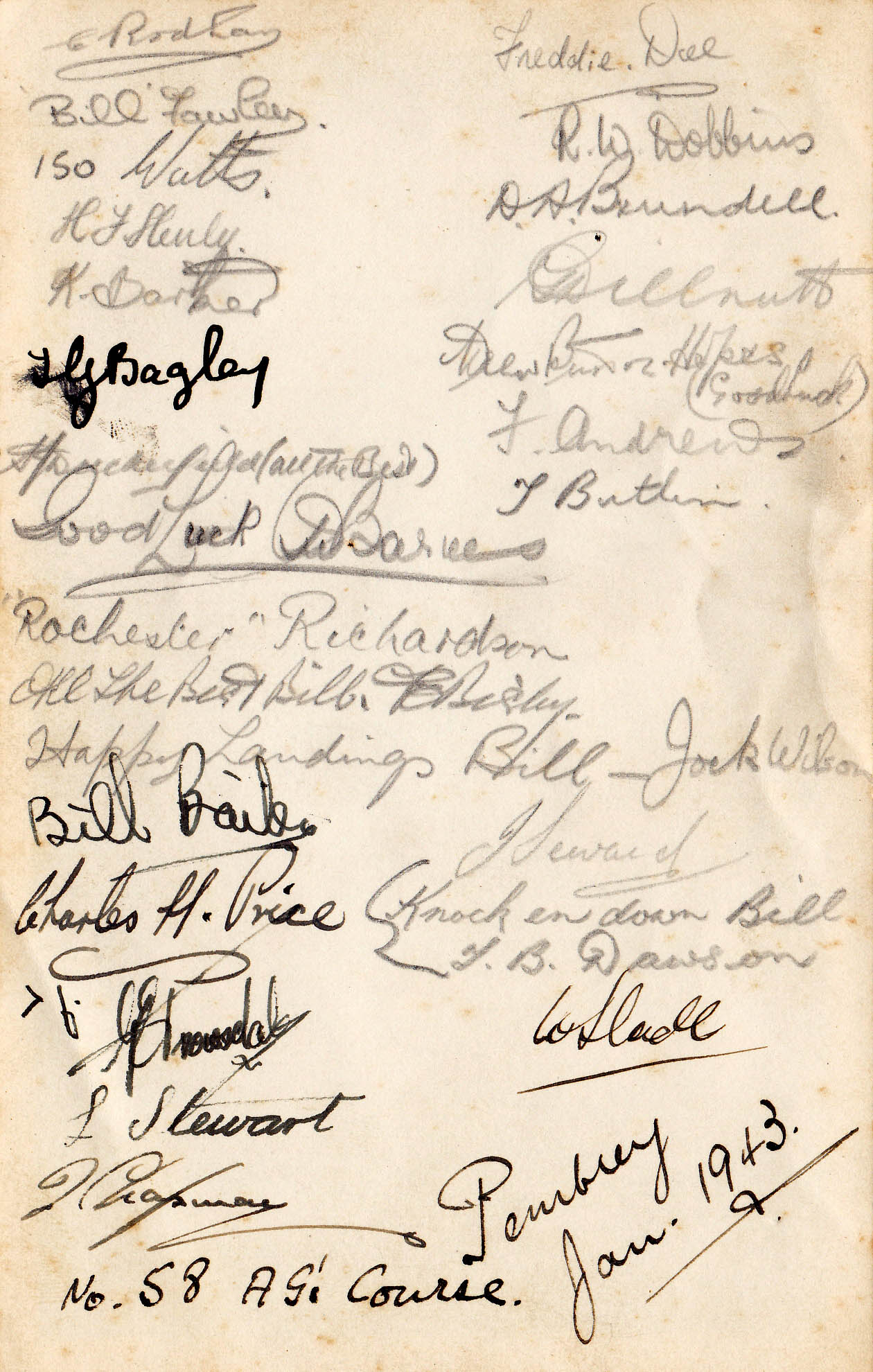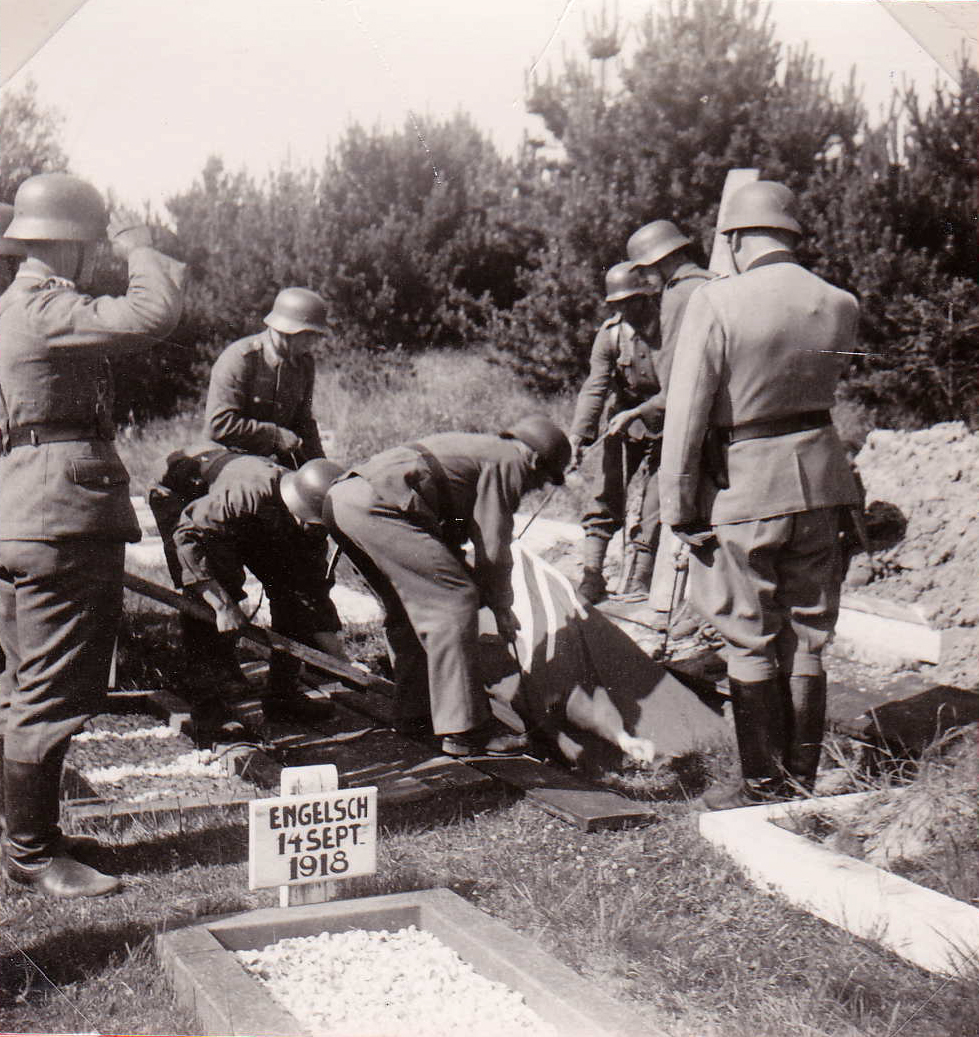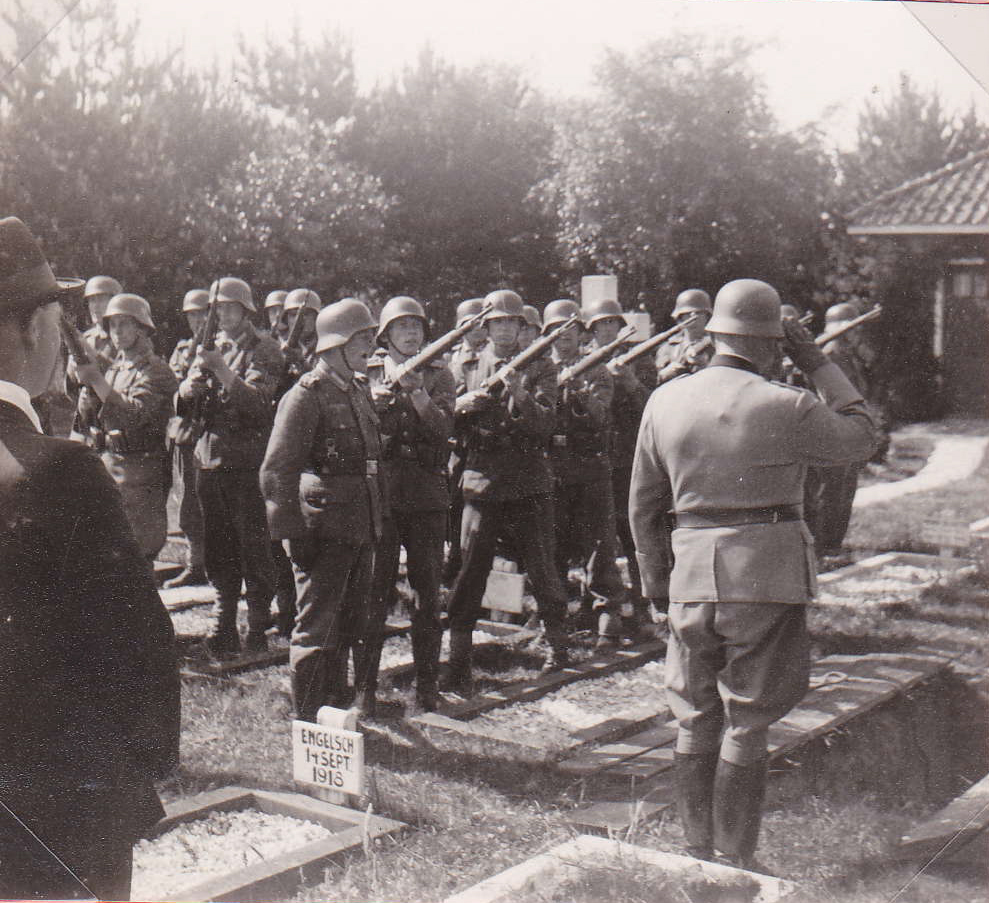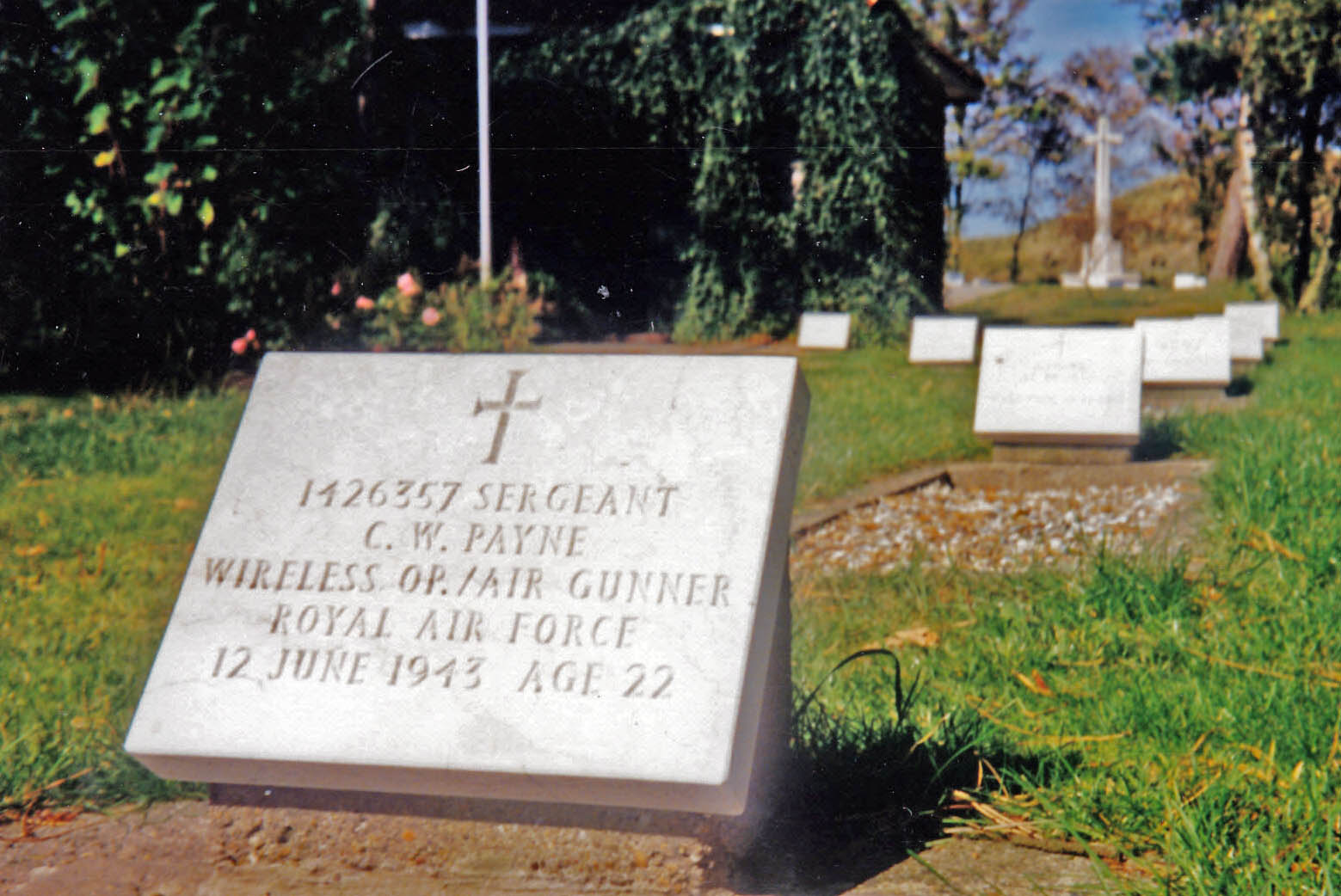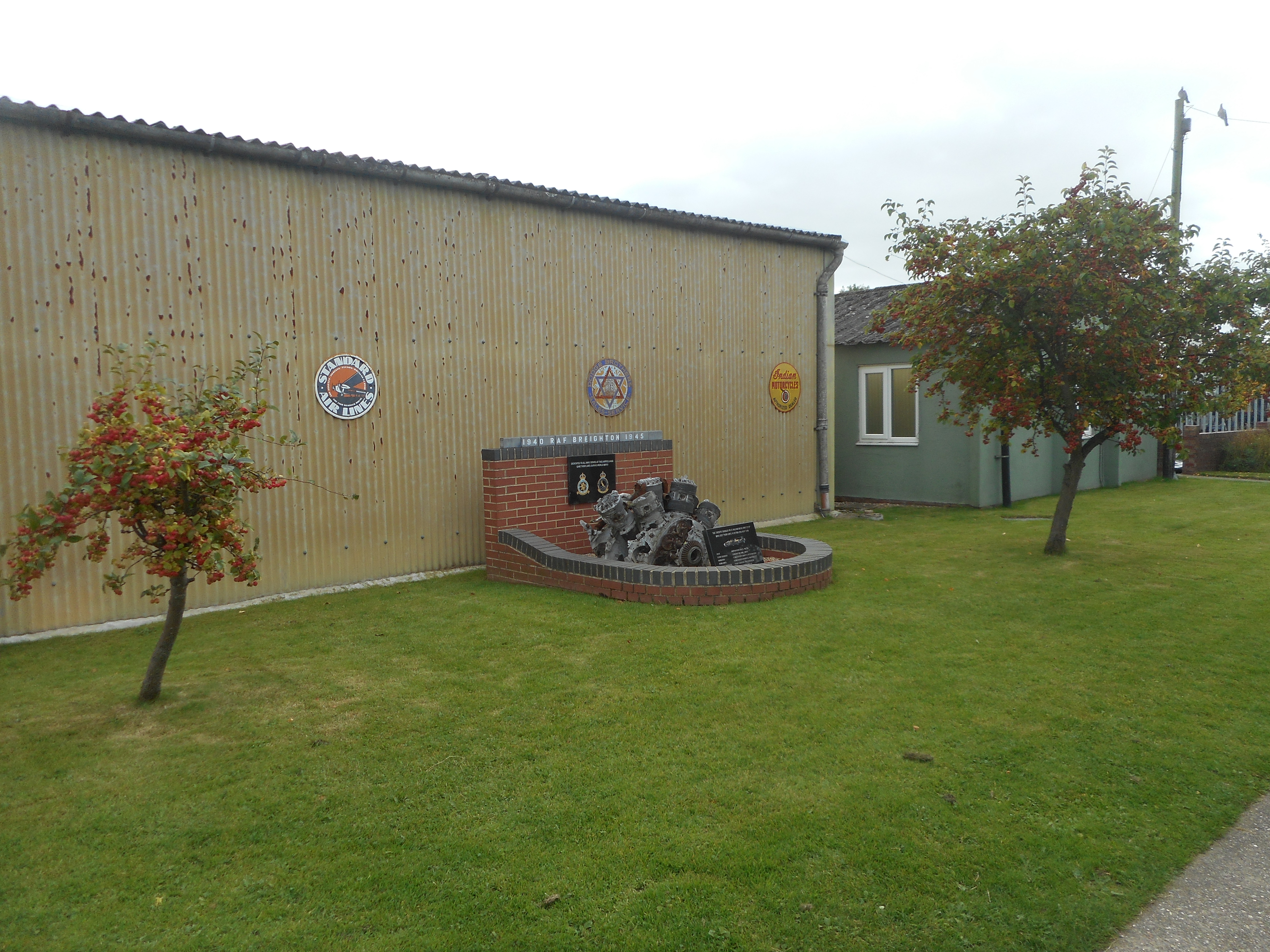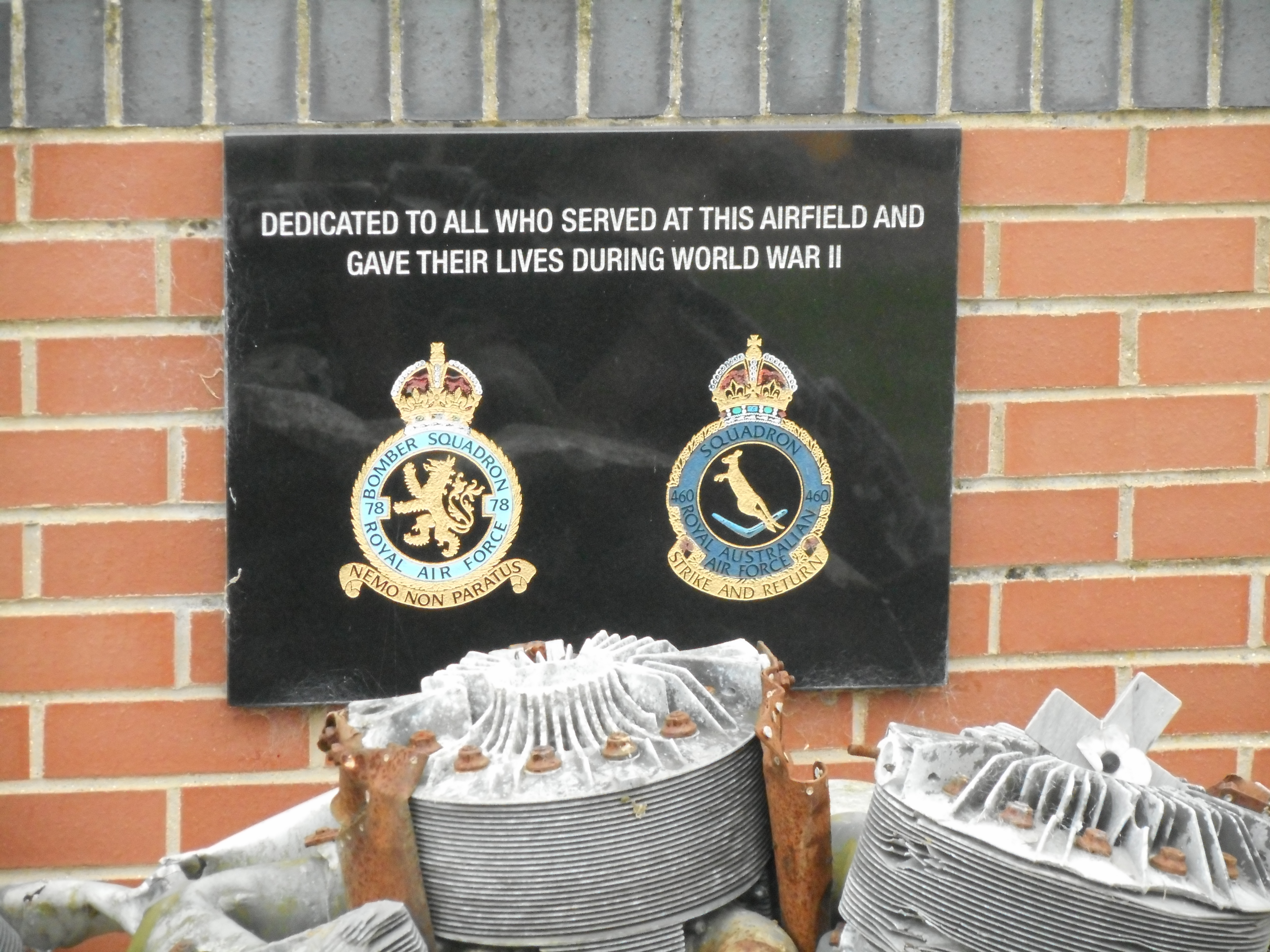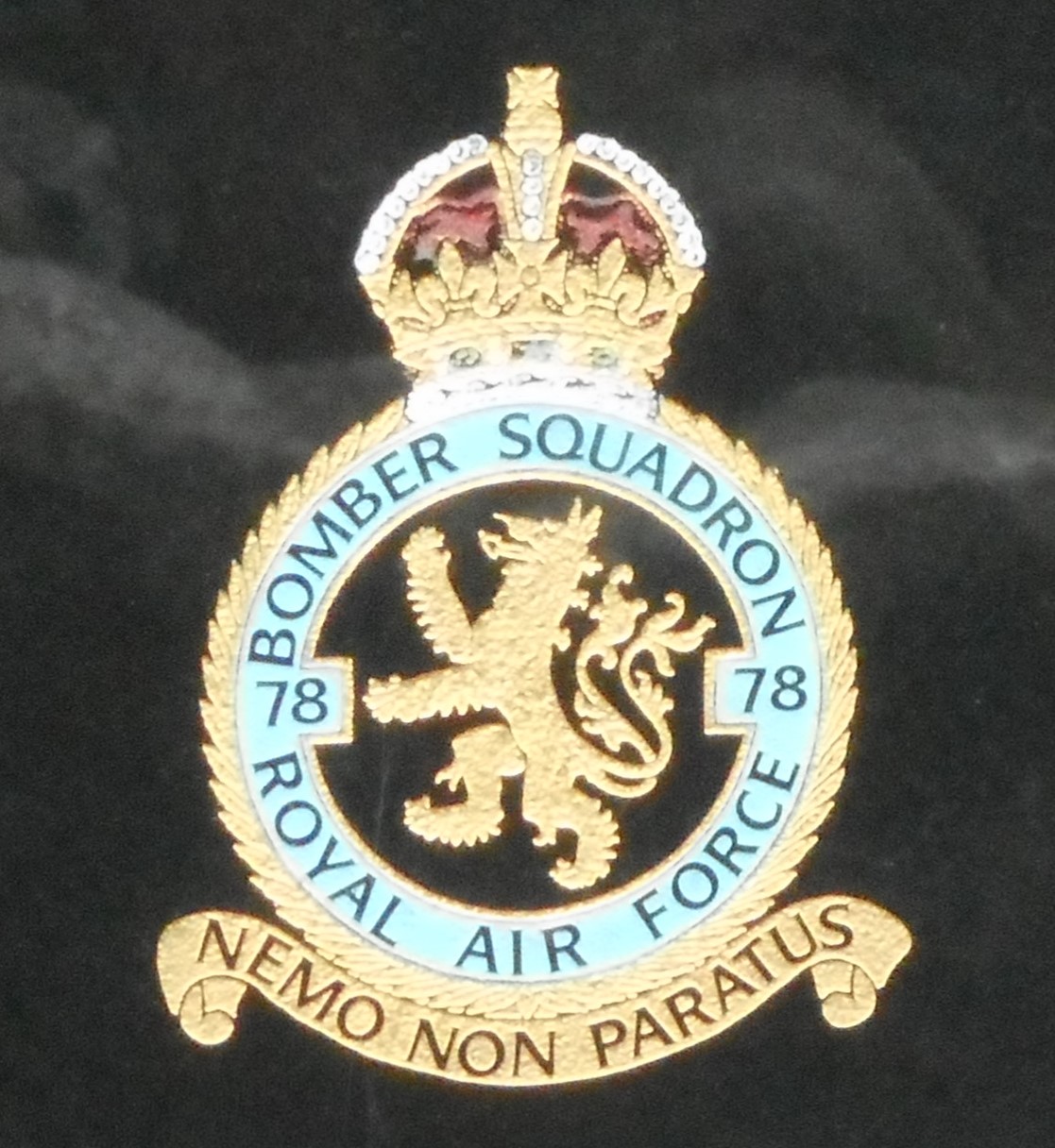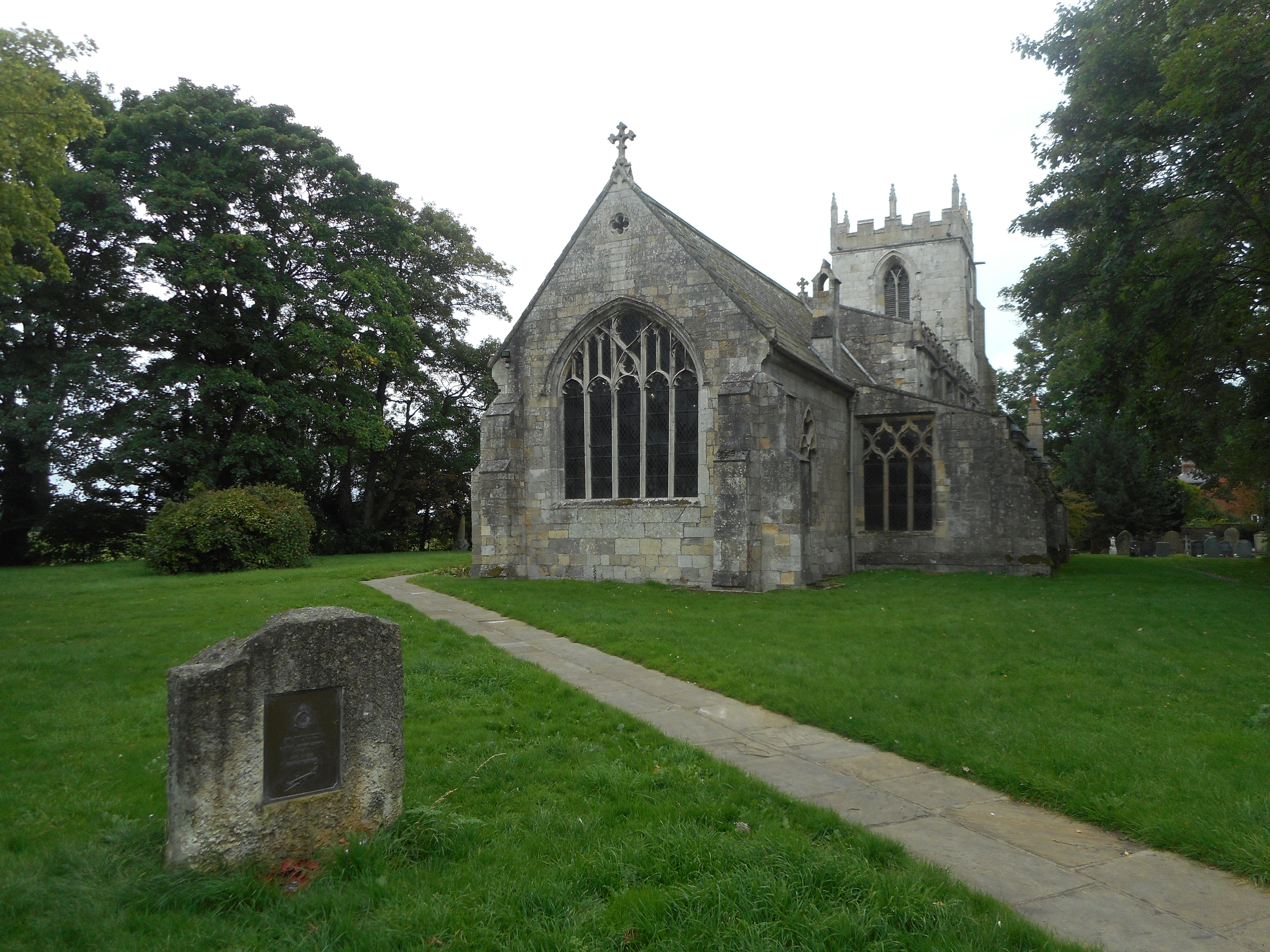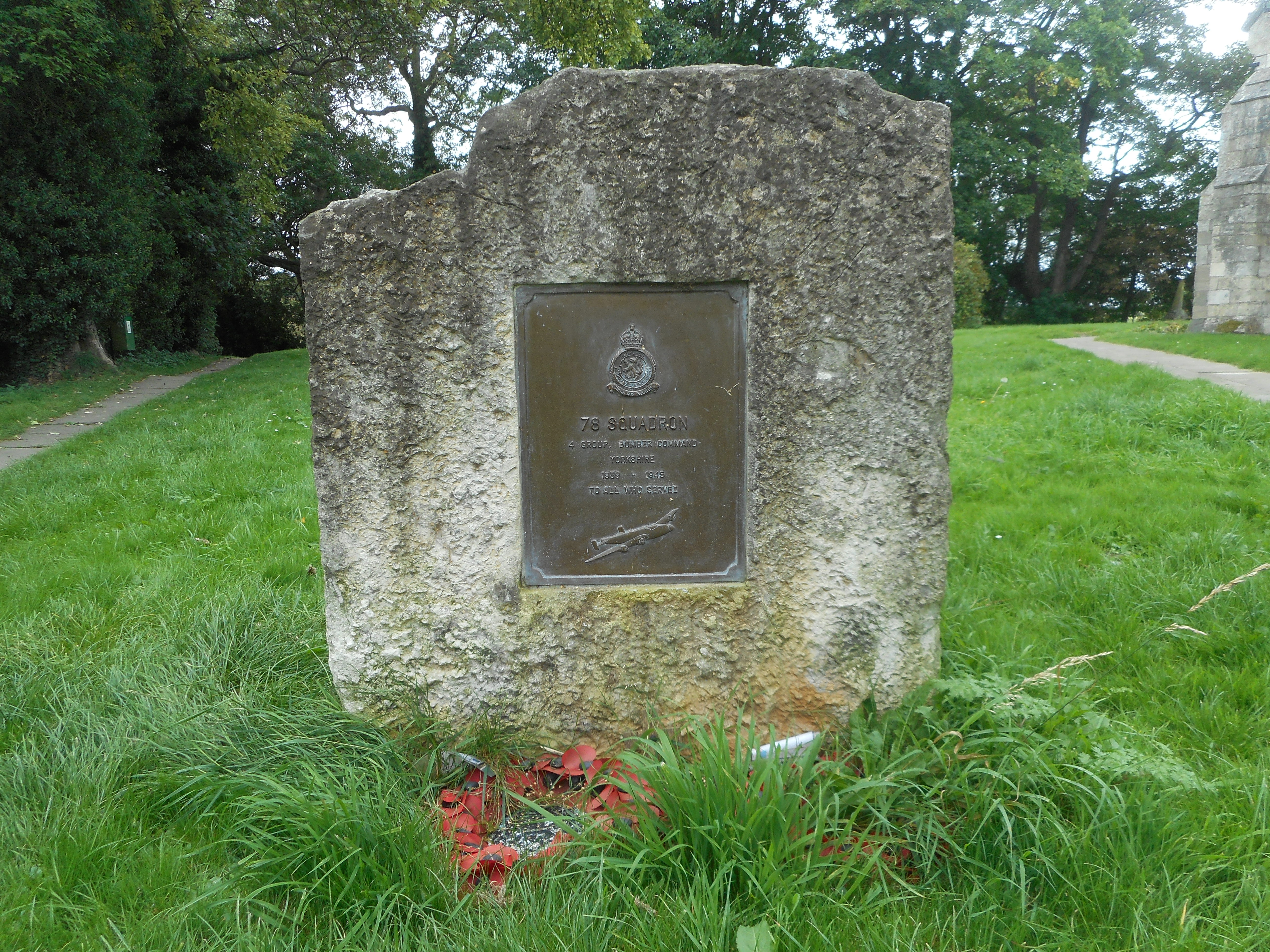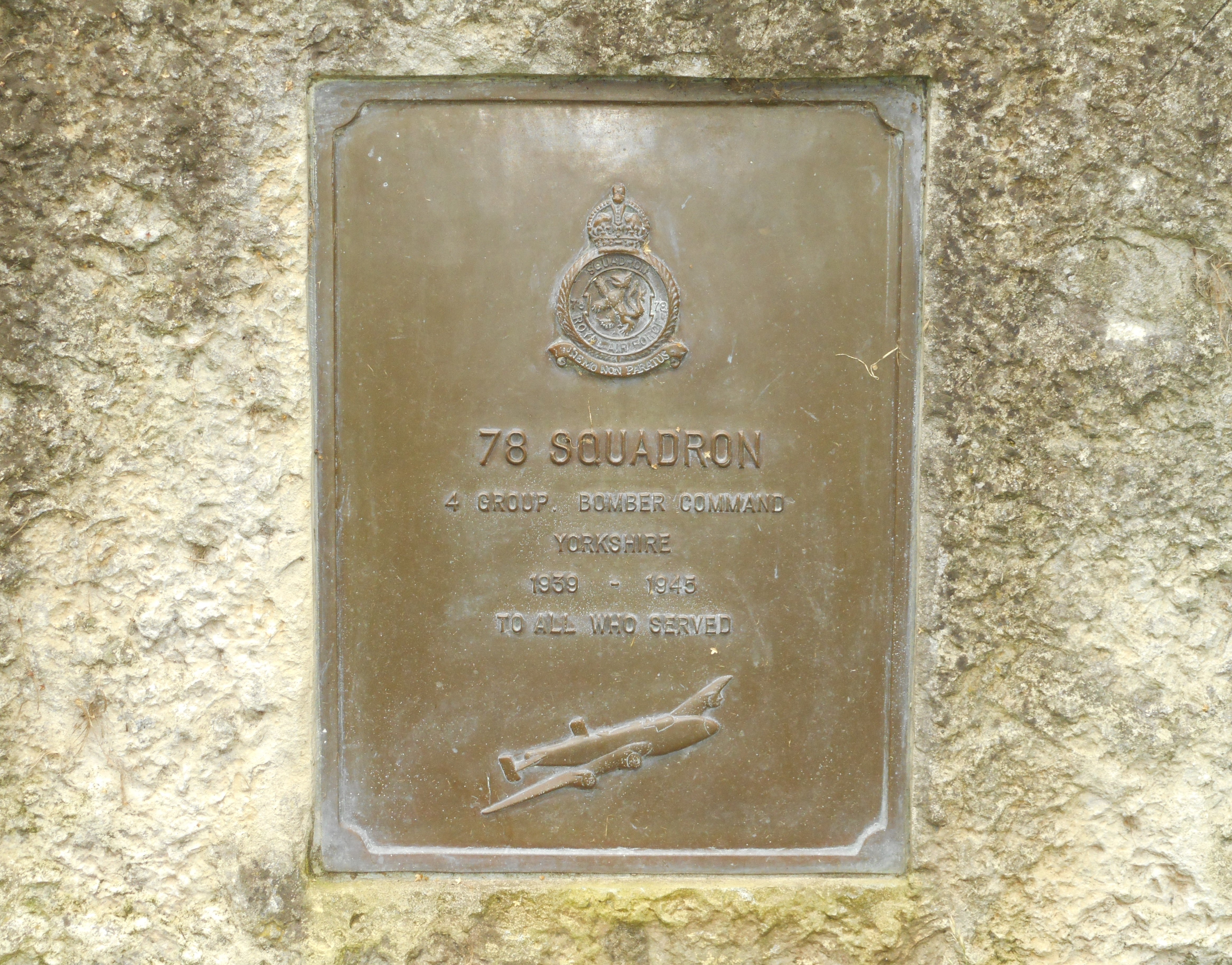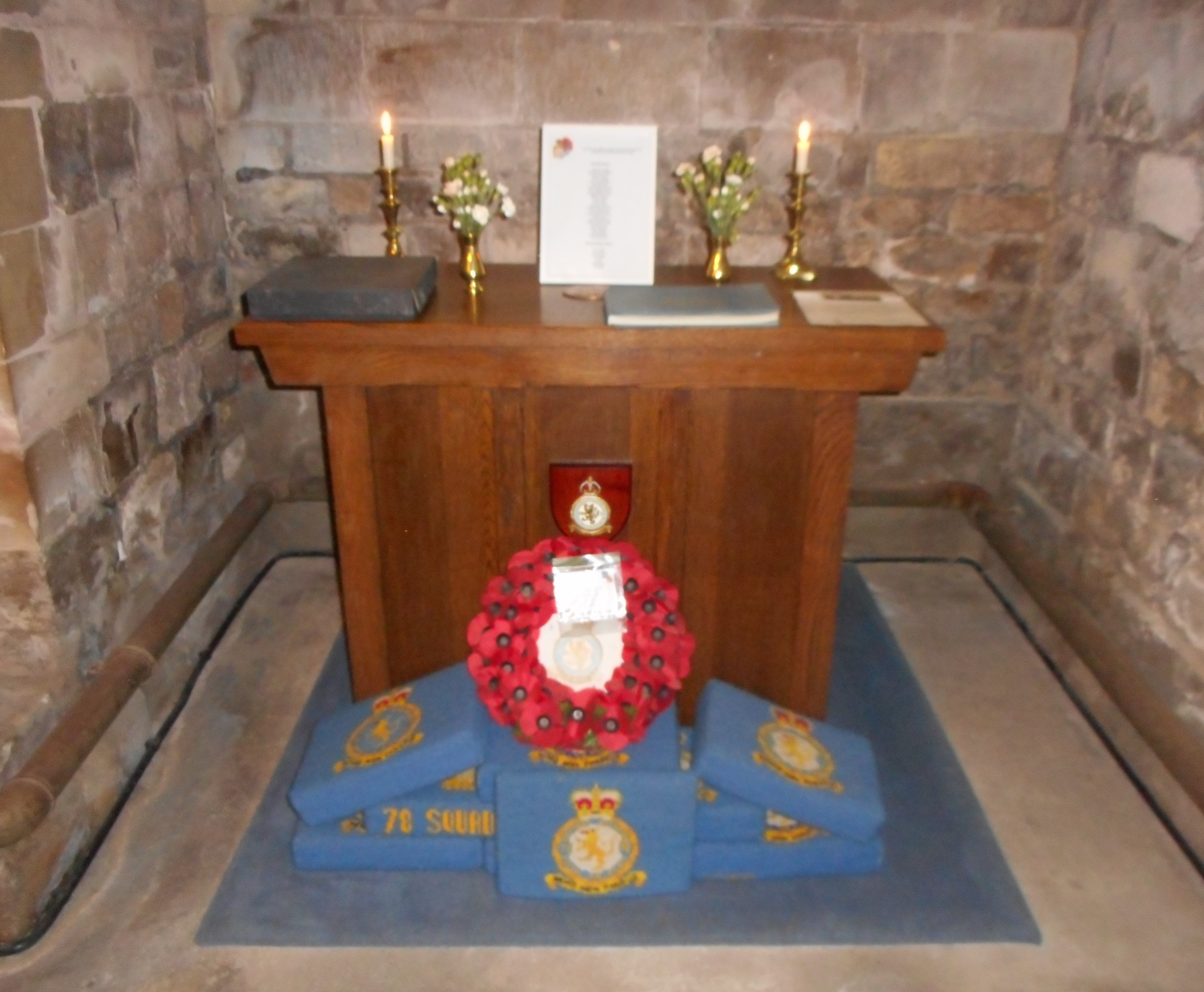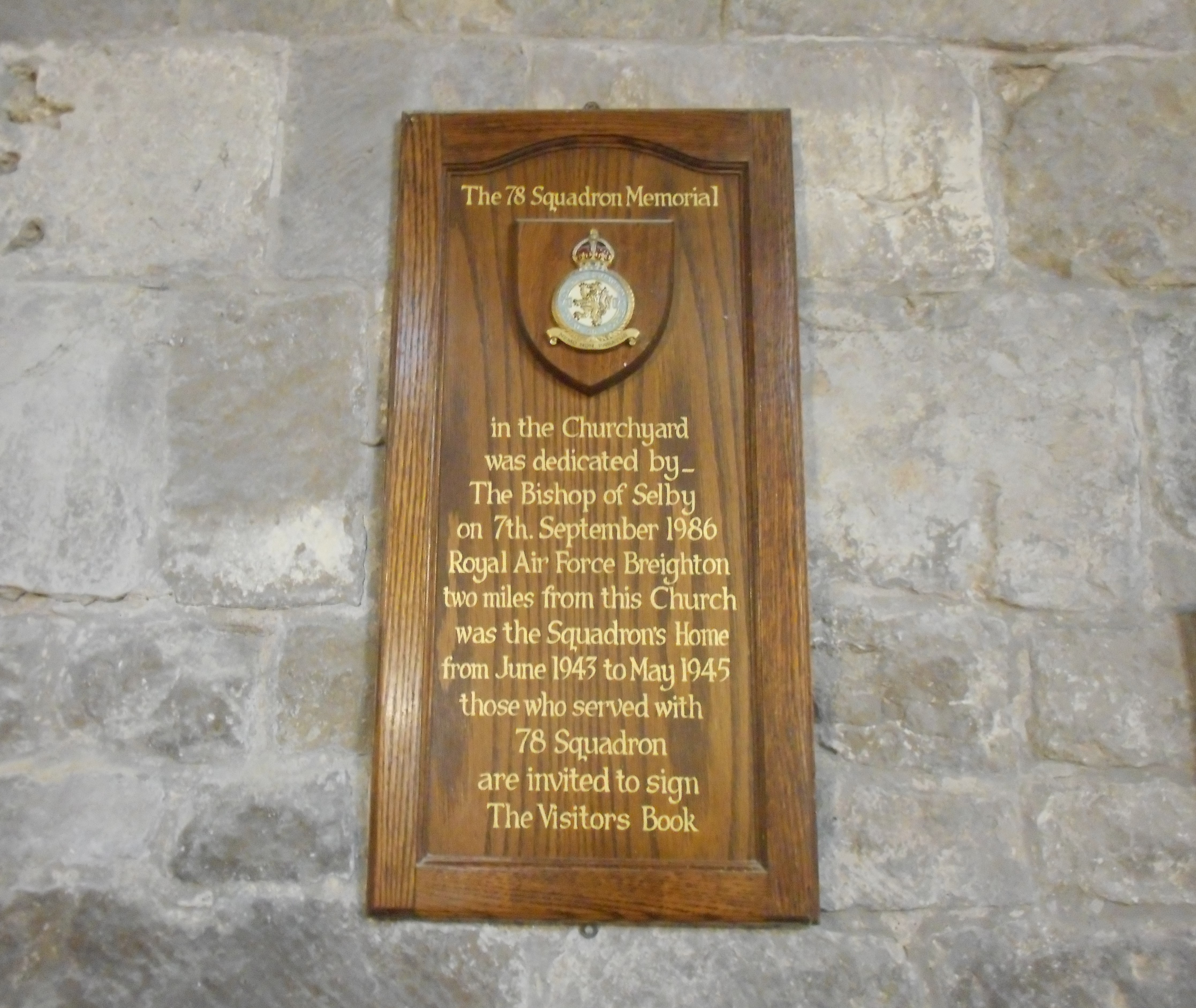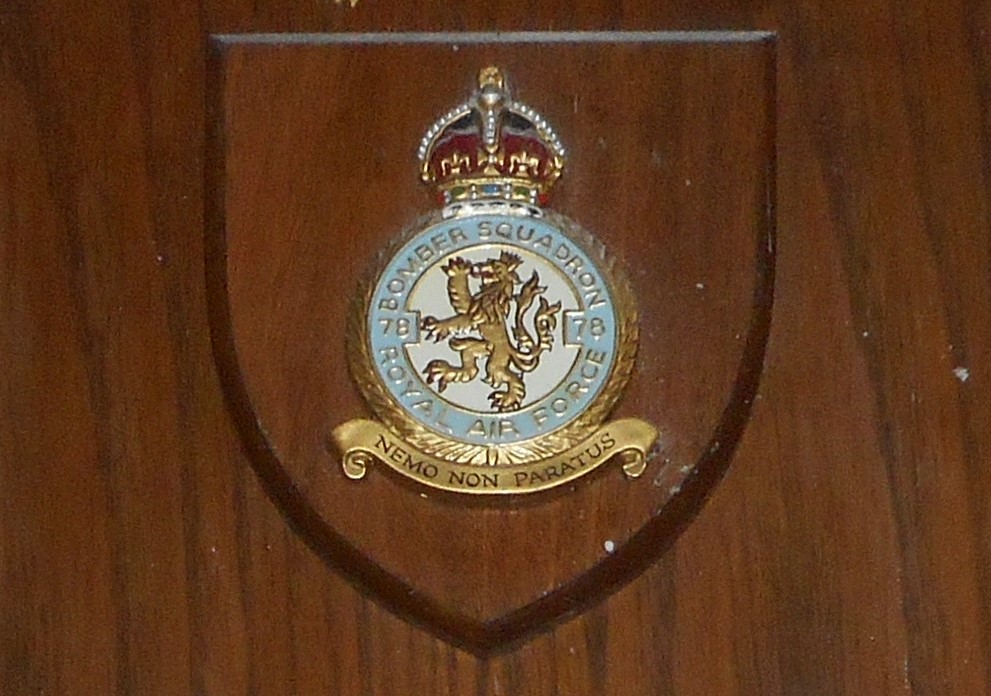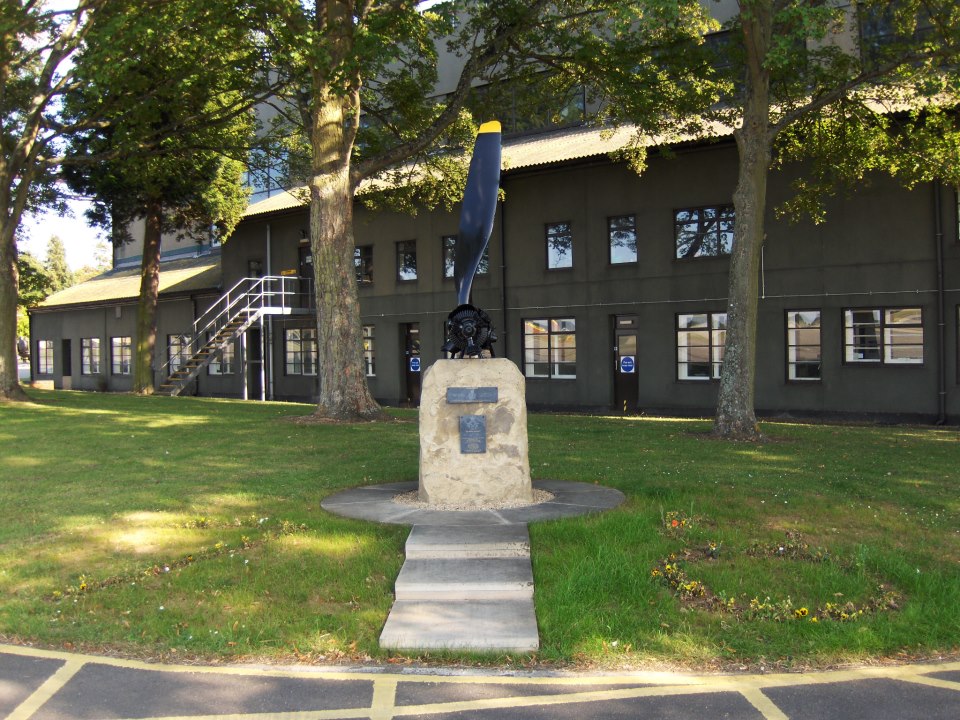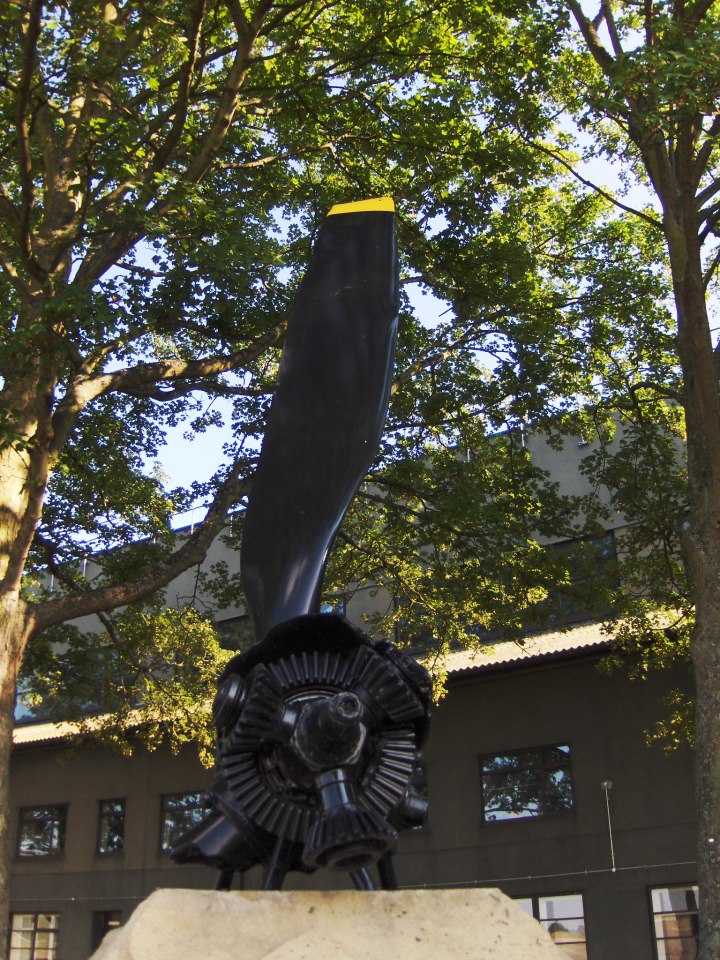Payne, Cecil William
Personal Information
| Rank | Sgt |
| Forename(s) | Cecil William |
| Surname | Payne |
| Gender | M |
| Age | 22 |
| Date of Death | 12-06-1943 |
| Next of Kin | Son of Herbert Victor and Florence Payne, of Kimbolton, Huntingdonshire. |
Aircraft Information
| Aircraft | Handley Page Halifax II |
| Serial Number | JD145 |
| Markings | EY- |
Memorial Information
| Burial/Memorial Country | Netherlands |
| Burial/Memorial Place | Schiermonnikoog (Vredenhof) Cemetery |
| Grave Reference | Grave 103. |
| Epitaph |
IBCC Memorial Information
| Phase | 2 |
| Panel Number | 224 |
Enlistment Information
| Service Number | 1426357 |
| Service | Royal Air Force Volunteer Reserve |
| Group | 4 |
| Squadron | 78 |
| Squadron Motto | Nemo non paratus (Nobody unprepared) |
| Trade | WOp/AG |
| Country of Origin | United Kingdom |
Other Memorials
| Location | Adjacent to Clubhouse, Breighton Airfield, East Yorkshire |
| Country | United Kingdom |
| Memorial Type | Inscribed Marble Tablet |
| Memorial Text | Dedicated to all who served at this airfield and gave their lives during World War II |
| Location | External, All Saints Church, Bubwith, East Yorkshire |
| Country | United Kingdom |
| Memorial Type | Stone Memorial, inscribed Metal Plaque |
| Memorial Text | 78 Sqn 4 Group Bomber Command Yorkshire 1939 - 1945 To All Who Served |
| Location | Internal, All Saints Church, Bubwith, East Yorkshire |
| Country | United Kingdom |
| Memorial Type | Inscribed Wooden Board, Memorial Chapel featuring Cross made from Halifax wreckage |
| Memorial Text | The 78 Sqn Memorial in the Churchyard was dedicated by the Bishop of Selby on 7th September 1986. RAF Breighton, two miles from this church was the Sqn's home from June 1943 to May 1945 |
| Location | Outside "B" Hangar, RAF Benson, Oxfordshire |
| Country | United Kingdom |
| Memorial Type | Memorial Stone & Inscribed Slate Plaque |
| Memorial Text | In proud memory of all who have lost their lives serving with 78 Sqn Royal Air Force "Nemo Non Paratus - Nobody Unprepared" |
Miscellaneous Information
| Born December 1920. His parents ran a grocery shop in Kimbolton, Huntingdonshire and Cecil also worked in the shop. His brother Walter James Payne was an army evacuee from Dunkirk. Cecil was named after his maternal Uncle Cecil Kendall from Norfolk, who had emigrated to Canada and had a wife and small daughter, but went to France with the Canadian Expeditionary Force during WWI and was killed by enemy fire on 2 September 1918, two years before Cecil Payne was born |
| His body was washed up on the island of Schiermonnikoog off the Dutch coast. |
| Around 1900, Sake Van der Werff, a policeman, moved to the island. He later became a local innkeeper. He obtained some land and established the Vredenhof Cemetery along with some other islanders. It had mainly been used to bury sailors from shipwrecks whose bodies had washed ashore. When the German Army occupied the island in 1940 Van der Werff insisted that Germans would only be allowed to be buried in the cemetery if Allied airman were also allowed to be buried there with full military honours. The German commander agreed to this and kept to his word. |
Commonwealth War Graves Commission
The National Archives
| Record of Events (Operational Record Book) AIR 27/660/72 |
| Summary of Events (Operational Record Book) AIR 27/660/71 |
Fellow Servicemen
Please note that this list gives all the losses aboard the quoted aircraft and occasionally these may have occurred on an earlier date when the aircraft was not itself lost. Please check the dates of death carefully.
Last Operation Information
| Start Date | 12-06-1943 |
| End Date | 13-06-1943 |
| Takeoff Station | Linton-on-Ouse |
| Day/Night Raid | Night (69% moon) |
| Operation | Bochum. 503 aircraft, 24 losses (4.8%). Complete cloud cover but accurate Oboe sky-marking leading to very good bombing results. 130 acres of destruction had been wreaked. 449 buildings destroyed and 312 deaths. |
| Reason for Loss | Presumed Lost over the sea, off the Dutch coastline |

